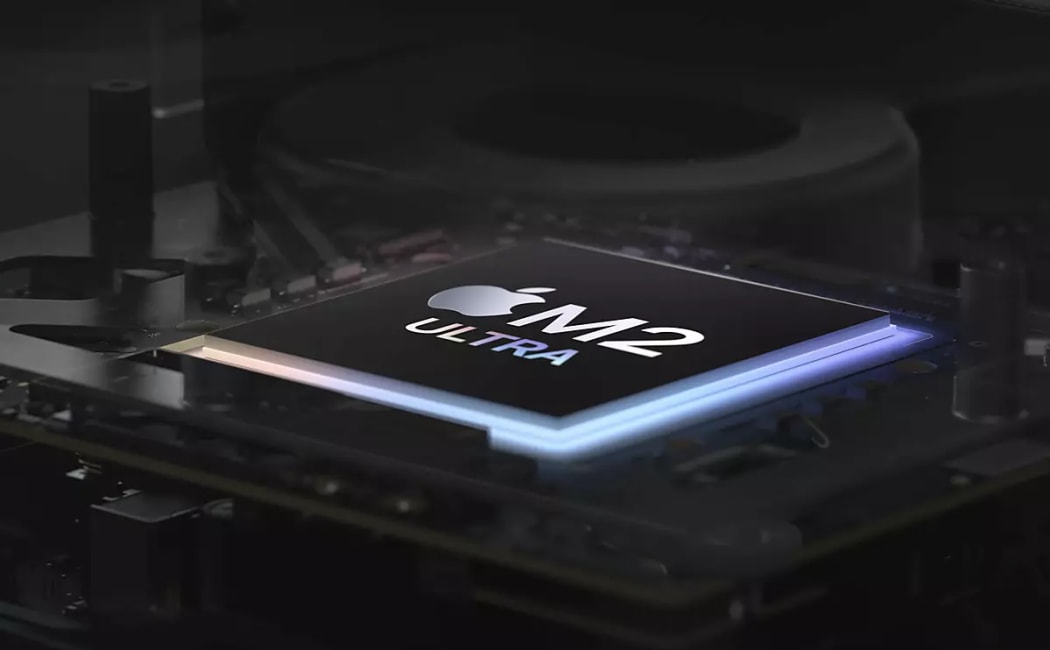Apple M5 Chip Shatters Records with 4,263 Geekbench Score — AI & Graphics Performance Revolution

When it comes to raw chip performance, few launches make the tech world stop and stare. The first benchmark results for the Apple M5 chip do exactly that. Early data from the 14-inch MacBook Pro shows a stunning leap in processing capability, pushing the boundaries of what’s expected from a portable machine.
Unlike a modest upgrade, the M5 feels like a complete redefinition of Apple Silicon. The initial Geekbench 6 results not only set a new single-core record but also show multi-core performance gains that rival — and even surpass — desktop-class processors. This marks a turning point in how laptops can handle demanding workloads like AI processing, creative editing, and real-time rendering.
Record-Breaking Single-Core Performance
The single-core benchmark score of 4,263 for the M5 is nothing short of extraordinary — the highest ever recorded for any Mac or PC processor to date. This outpaces leading chips like Intel’s Core Ultra 9 285K and AMD’s 9950X3D, placing a laptop in territory usually reserved for high-end desktop rigs.
Inside, the M5 features a 10-core CPU configuration — four performance cores and six efficiency cores. Apple has described its new performance core as “the world’s fastest performance core”, and the numbers back this claim. Even more impressive, the same single-core performance is reflected in the iPad Pro version of the chip, proving Apple’s silicon efficiency across devices.
Multi-Core Gains that Outshine the M4
The story doesn’t end with single-core numbers. In multi-core benchmarks, the M5 hits a score of 17,862, delivering up to 20% faster performance compared to the previous That makes the standard M5 faster than the M3 Pro and nearly on par with the mighty M1 Ultra.
Thermal headroom also plays a role. The M5 in the MacBook Pro runs at 4.61 GHz, offering around 9% better performance than the iPad Pro’s 4.43 GHz. This difference reflects the improved cooling system in the MacBook, allowing it to sustain peak performance for longer, making it perfect for heavy workloads like 3D rendering or AI training.
AI and GPU Upgrades — A Structural Leap
The M5 is Apple’s boldest step yet into AI-focused computing. Each GPU core now comes with integrated Neural Accelerators, boosting AI performance by over 4× compared to M4. This is more than a minor update — it’s a new distributed AI architecture designed to handle local model inference efficiently.
Graphics performance has also jumped significantly. The M5 delivers up to 30% faster GPU performance than M4 and 2.5× faster than M1. Thanks to its third-generation ray tracing engine, real-time rendering is now faster by 45%, making it a strong option for creators, game developers, and designers working with complex 3D environments.
With 153 GB/s unified memory bandwidth — a 30% jump from the M4 — the chip can handle large AI models and ultra-high-resolution textures with ease, ensuring smooth performance without bottlenecks.
Real-World Impact: AI Workflows at Lightning Speed
Beyond synthetic benchmarks, the M5’s real-world benefits shine in everyday workflows. Thanks to its AI horsepower, many tasks that once relied on cloud computing can now run locally. This reduces latency, improves privacy, and allows uninterrupted productivity even offline.
For creative professionals, this means faster video enhancement, smoother multitasking, and improved rendering speeds. Apple claims a 7.7× boost in AI video enhancement compared to the M1 chip when using apps like Topaz Video. This gives users the freedom to run demanding software such as and side by side without lag.
Smart Thermal Design & Power Efficiency
Even with its performance boost, the M5 remains power-efficient. Apple’s smart thermal design ensures the chip maintains cool temperatures while delivering top-tier performance. This efficiency extends battery life, making devices like the MacBook Pro and iPad Pro ideal for professionals on the go.
Availability and Upgrade Considerations
The M5 chip officially launches with the new MacBook Pro lineup, with availability starting on October 22, 2025. Pre-orders are open now. If you’re currently using an Intel Mac or an early M-series machine, the M5 represents not just an upgrade — but a new class of computing performance.
Whether you're a developer experimenting with large language models, a video editor leveraging AI tools, or a designer working in 3D, the Apple M5 unlocks workflows that were previously impractical on a laptop.
Why the Apple M5 Chip Sets a New Standard
- ✔ Record-breaking single-core performance at 4,263 points
- ✔ Up to 20% multi-core performance gains over M4
- ✔ 4× AI performance boost with Neural Accelerators
- ✔ Advanced GPU with real-time ray tracing
- ✔ 30% more memory bandwidth for heavier workloads
- ✔ Efficient thermals and power management
